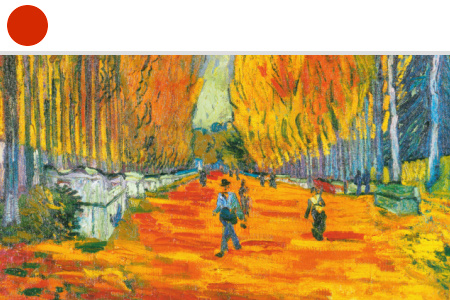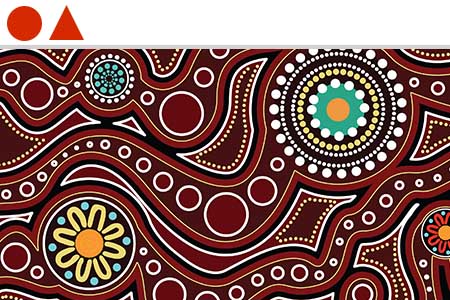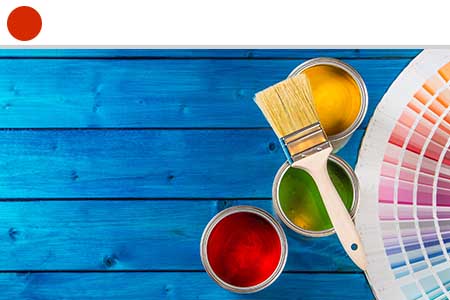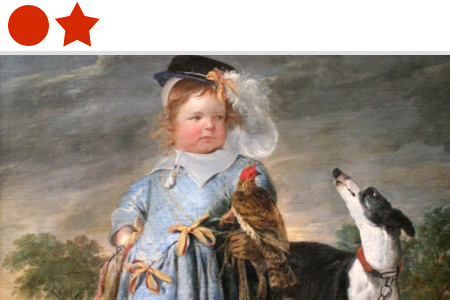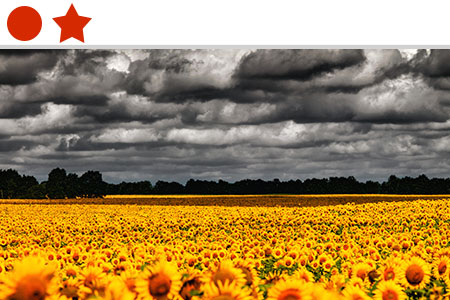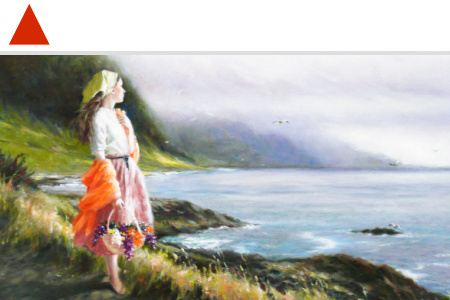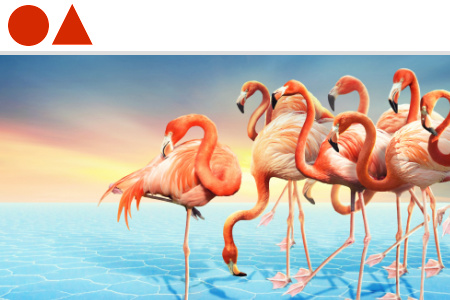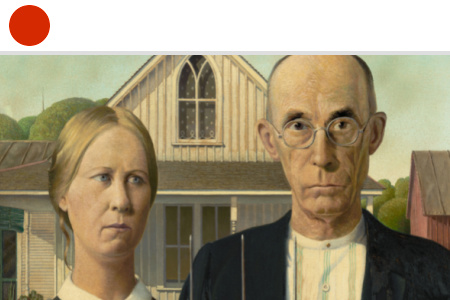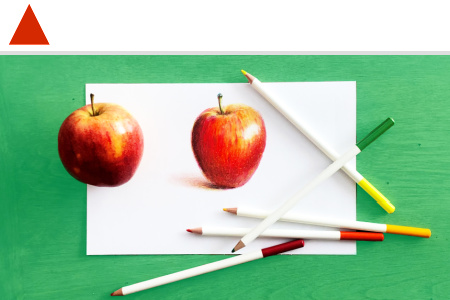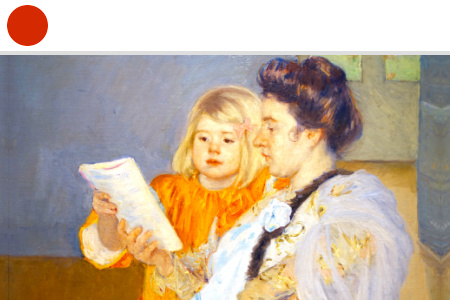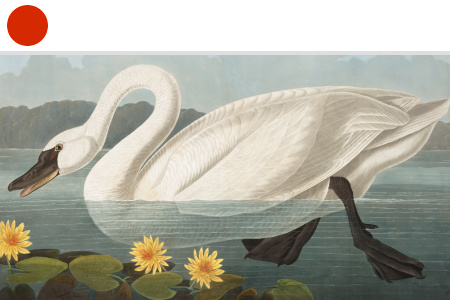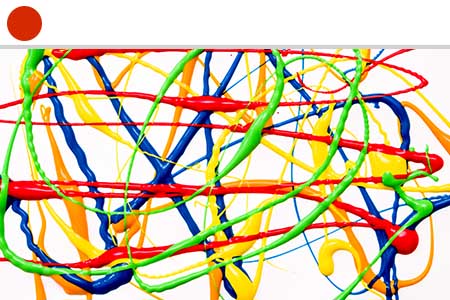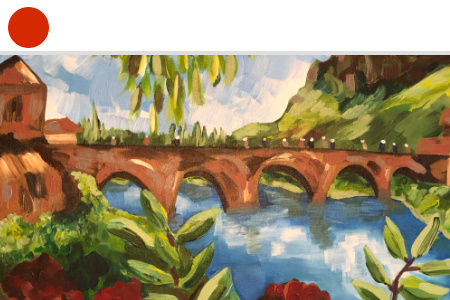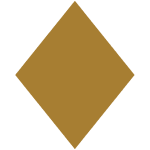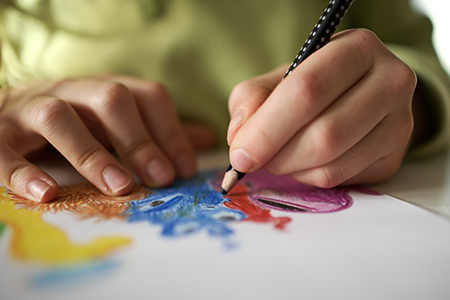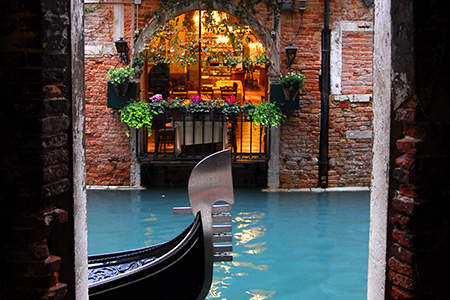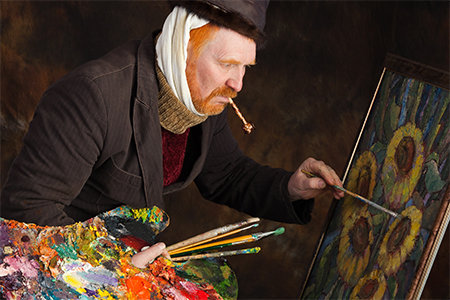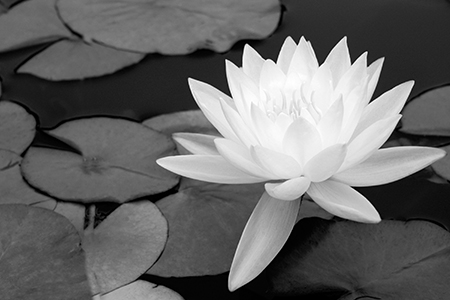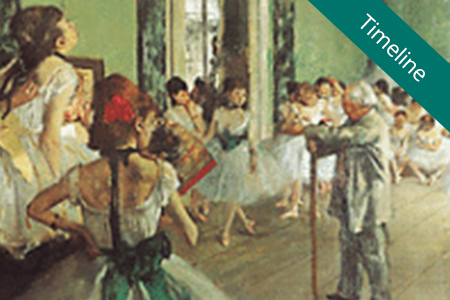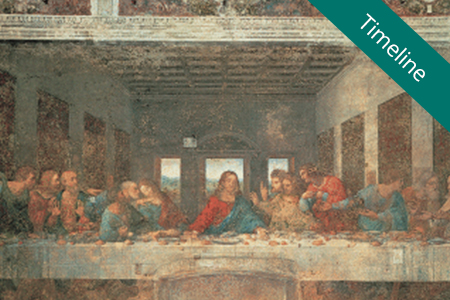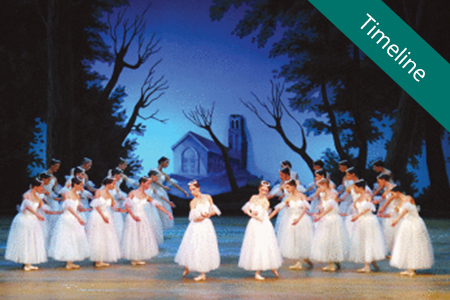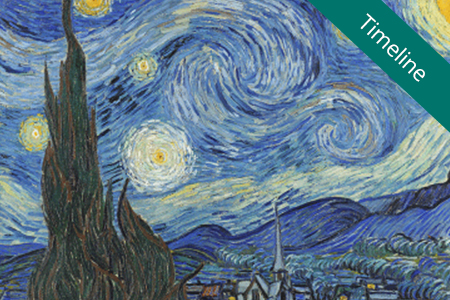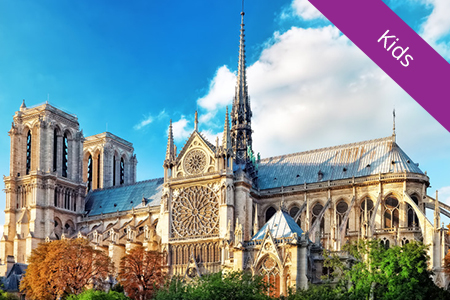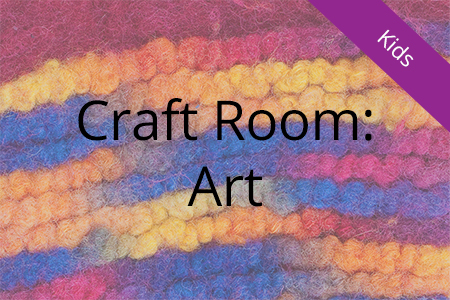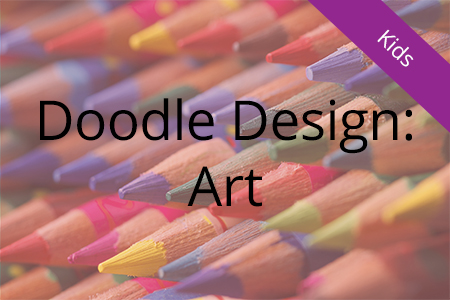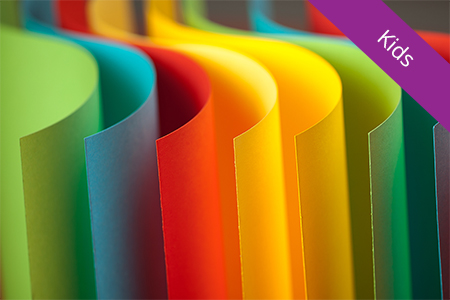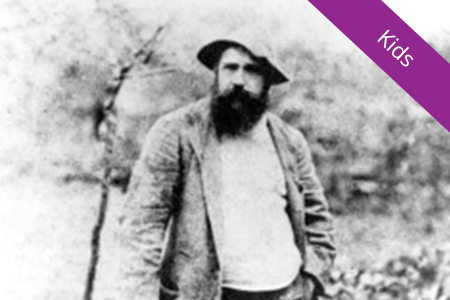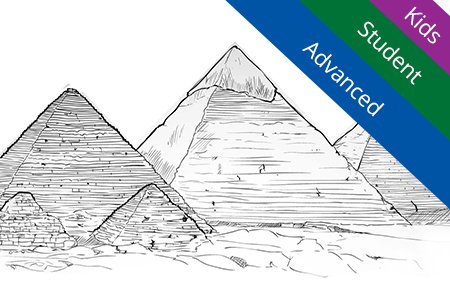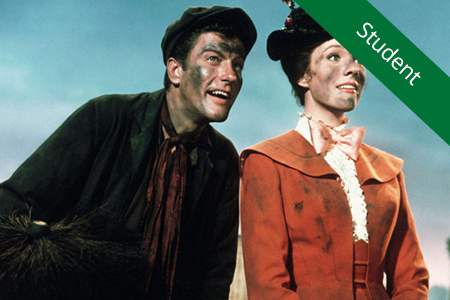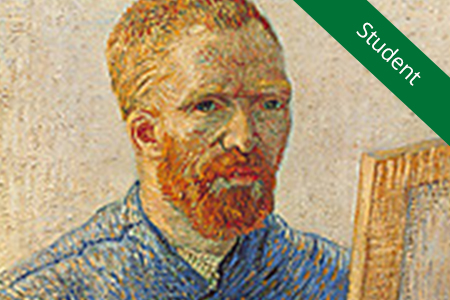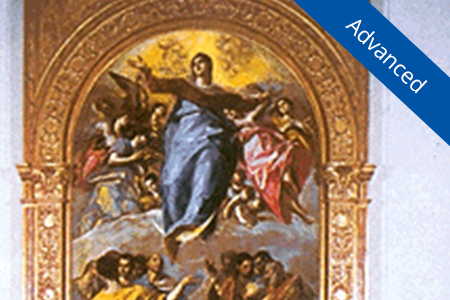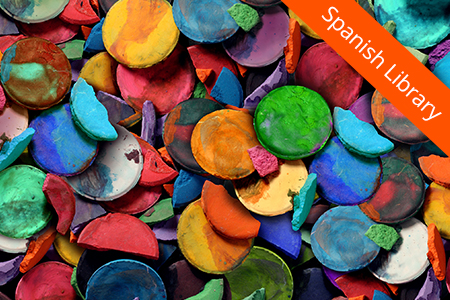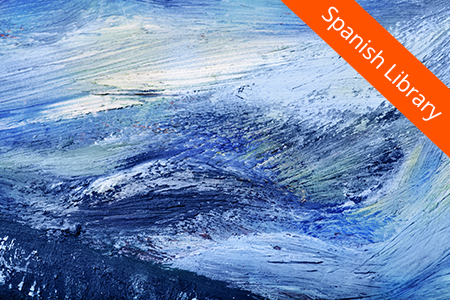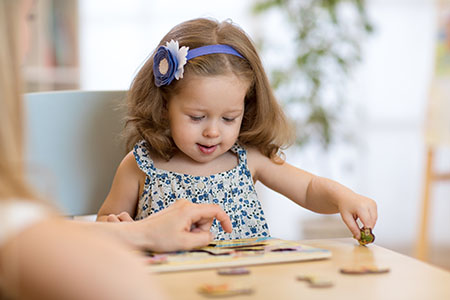Homeschool Art Curriculum
At a time when many schools are doing away with their art programs, homeschoolers have an opportunity to discover hidden talents and allow their creativity to shine. As they learn from modern masters, students in kindergarten through high school can learn new techniques, meet artists throughout history and from around the world, and experiment with a variety of mediums such as sculpture, painting, watercolor, colored pencil, and more.
Please use the key below to see what components a class includes. Please note: the class will contain a combination of the components listed.
Browse All Art Courses
Homeschool Art Curriculum
Does your child show an interest in art, but you don’t want the mess and fuss of loading everyone up for lessons and driving all over town? Or maybe you don't have access to art lessons where you live. Did you know that you have access to all the homeschool art lessons on SchoolhouseTeachers.com as a member? They are all included in your membership. Whether you have an elementary student just learning the basics or an advanced student wanting to sharpen their skills, you can encourage their talent and interests all from the convenience of your home. Take a closer look at just a few of our homeschool art courses and then dive in and explore them all below!
Everyday Easels presents art in the context of other subjects to help those students whose interest in art may only be piqued by understanding the story behind the art or by approaching the art from another direction entirely. There are 5-day and 10-day unit studies presented, and these can be further broken down to fit the student’s schedule. Everyday Easels begins each unit with a brief study of the art itself. Then, it approaches the art from different angles including history, vocabulary, geography, writing, Bible, and science. This course truly gives an overview of the art in many different areas, including hands-on activities to inspire students to become involved in the art and not simply be a spectator.
Drawing with Realism from Jan Bower of Drawing Success provides video demonstrations with step-by-step instructions for students who want to develop or improve their drawing skills. Students experience the joy of producing superb results with minimal supplies as they experiment with different textures using pencil, charcoal, and colored pencil.
What did Michelangelo have to do with the Reformation? How did the Baroque period send the Pilgrims high-tailing it to the New World? Nothing happens in a vacuum. History affects art, and sometimes, art affects history. Art & History Interconnected explores how world events have impacted art and how different artists communicate their message through their art.
Studio Art for Teens is a homeschool art course that presents middle school and high school students with art lessons based on the masters. These lessons look at line, shape, texture, space, color, form, balance, etc. and then move into thematic lessons on everything from owls and sunsets to butterflies and outer space.
Browse All Art Resources from World Book
Quick Links: Art Curriculum by Grade Level
- Achieving Art Success with ArtAchieve: Go to lessons or read more.
- All About Art: Go to lessons or read more.
- Art Appreciation: South African Art: Go to lessons or read more.
- Discovering Art History: Go to lessons or read more.
- Drawing in Pen and Ink: Go to lessons or read more.
- Elementary Art: Go to lessons or read more.
- Everyday Easels: Go to lessons or read more.
- Exploring the World of Art: Go to lessons or read more.
- Learning About Art: Go to lessons or read more.
- Let’s Do Art Outside: Go to lessons or read more.
These unit studies may be found in Art Unit Studies.
- All About Artists (Grades: 1–3) by Kiana Thompson
- True or False? Art (Grades: 3–5) by World Book
- Introduction to Colors (1st) by Jennifer Hawkins
- Italian Renaissance (4th–6th) by Maggie Hogan
- A Century of Art: Go to lessons or read more.
- Achieving Art Success with ArtAchieve: Go to lessons or read more.
- Art Appreciation: South African Art: Go to lessons or read more.
- Art Tips with Jan Bower: Go to lessons or read more.
- Digital Art and Product Designs for Small Business: Go to lessons or read more.
- Drawing in Pen and Ink: Go to lessons or read more.
- Drawing with Realism: Go to lessons or read more.
- Everyday Easels: Go to lessons or read more.
- Exploring the World of Art: Go to lessons or read more.
- Inkscape Online Adventure: Go to lessons or read more.
- Studio Art for Teens: Go to lessons or read more.
- Student Art Gallery: See the work done by some of Sharon Jeffus’ students (Studio Art for Teens teacher) in the Student Art Gallery.
These unit studies may be found in Art Unit Studies.
- Italian Renaissance (4th–6th) by Maggie Hogan
- Remarkable Art (6th–8th) by The Old Schoolhouse®
- Achieving Art Success with ArtAchieve: Go to lessons or read more.
- Art & History: Interconnected: Go to lessons or read more.
- Art: The Timeless Treasure: Go to lessons or read more.
- Art Tips with Jan Bower: Go to lessons or read more.
- Digital Art and Product Designs for Small Business: Go to lessons or read more.
- Drawing in Pen and Ink: Go to lessons or read more.
- Drawing with Realism: Go to lessons or read more.
- Exploring the World of Art: Go to lessons or read more.
- Inkscape Online Adventure: Go to lessons or read more.
- Studio Art for Teens: Go to lessons or read more.
- Student Art Gallery: See the work done by some of Sharon Jeffus’ students (Studio Art for Teens teacher) in the Student Art Gallery.


